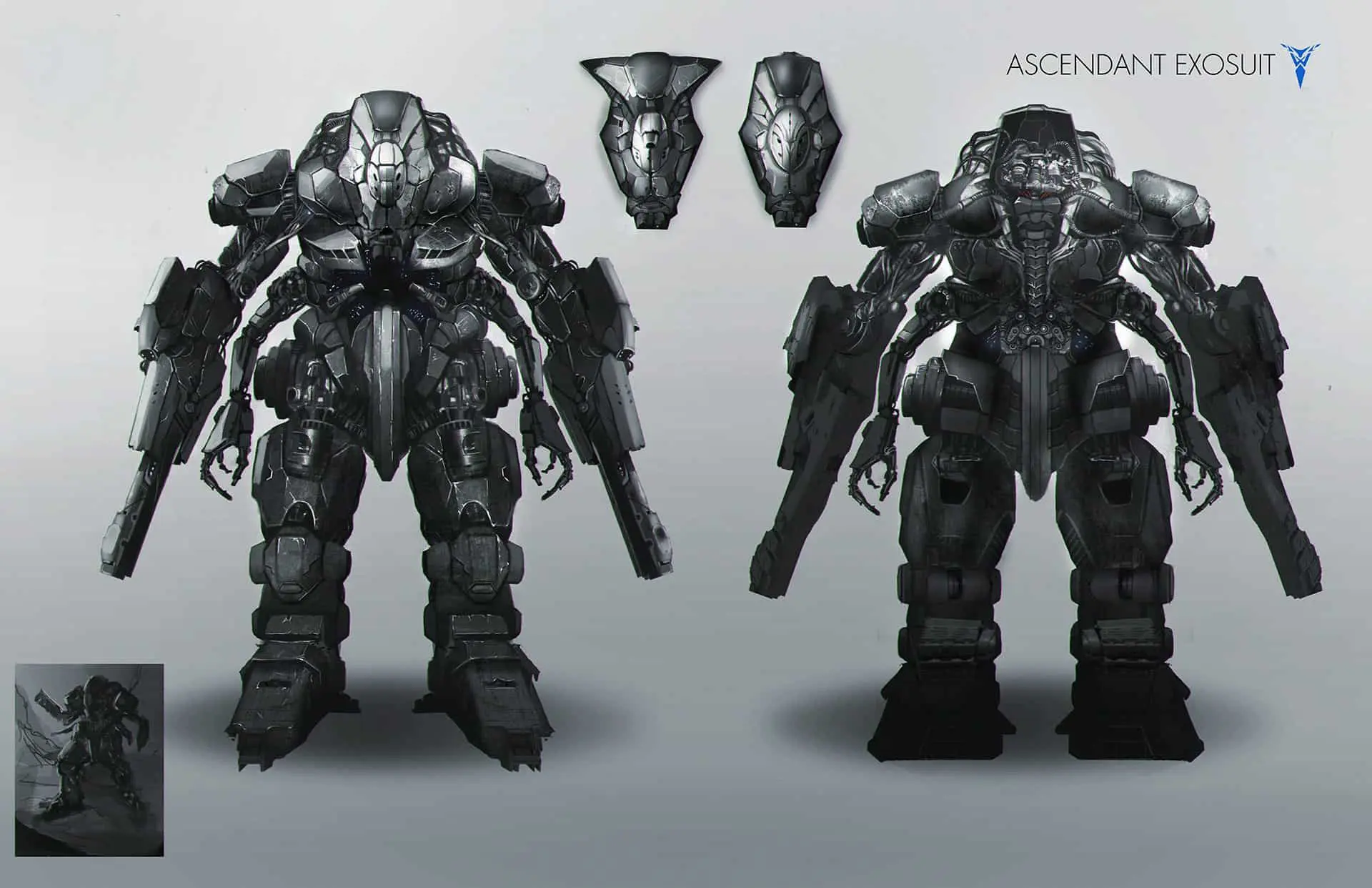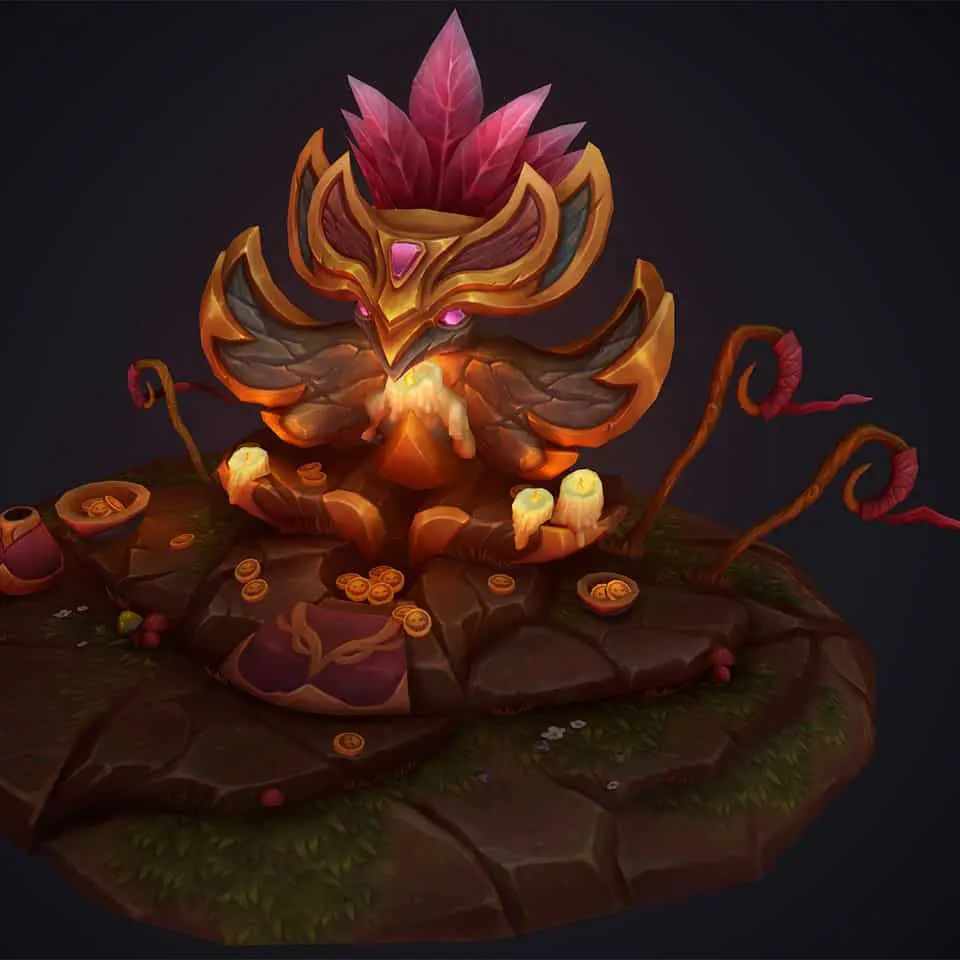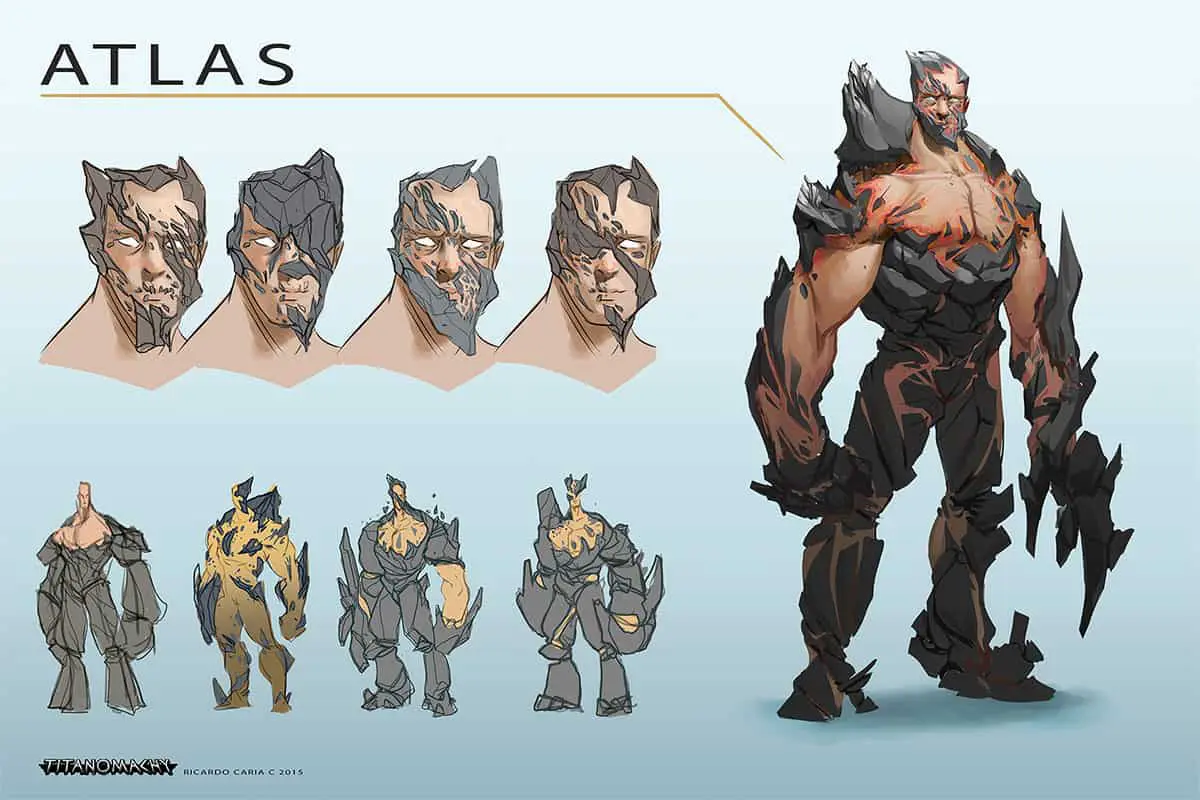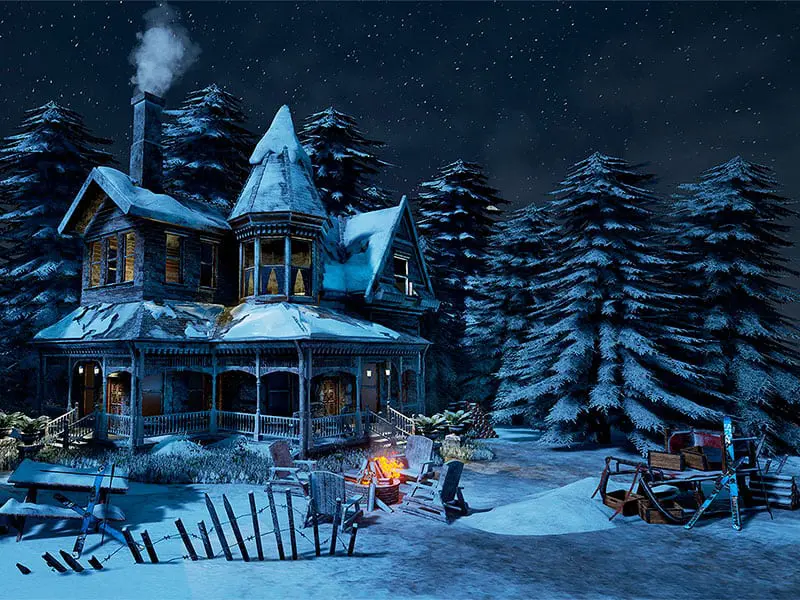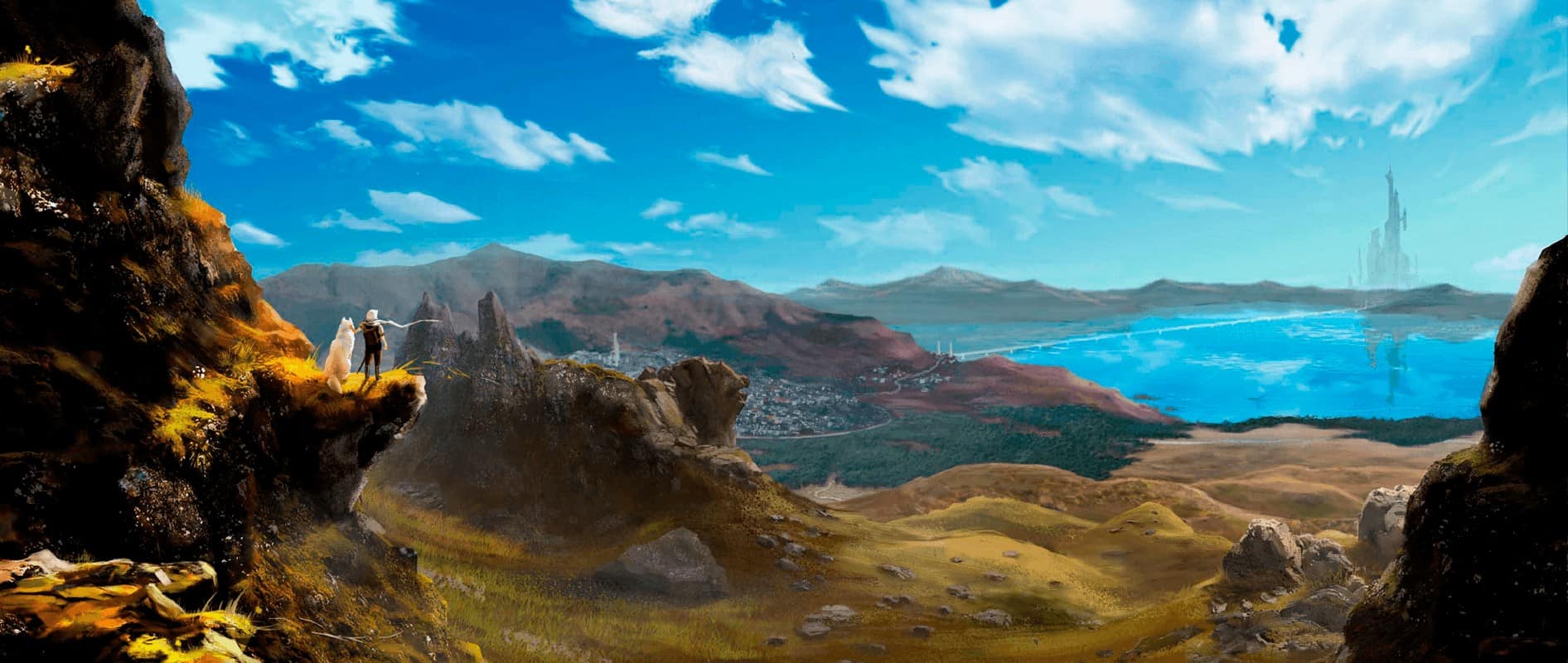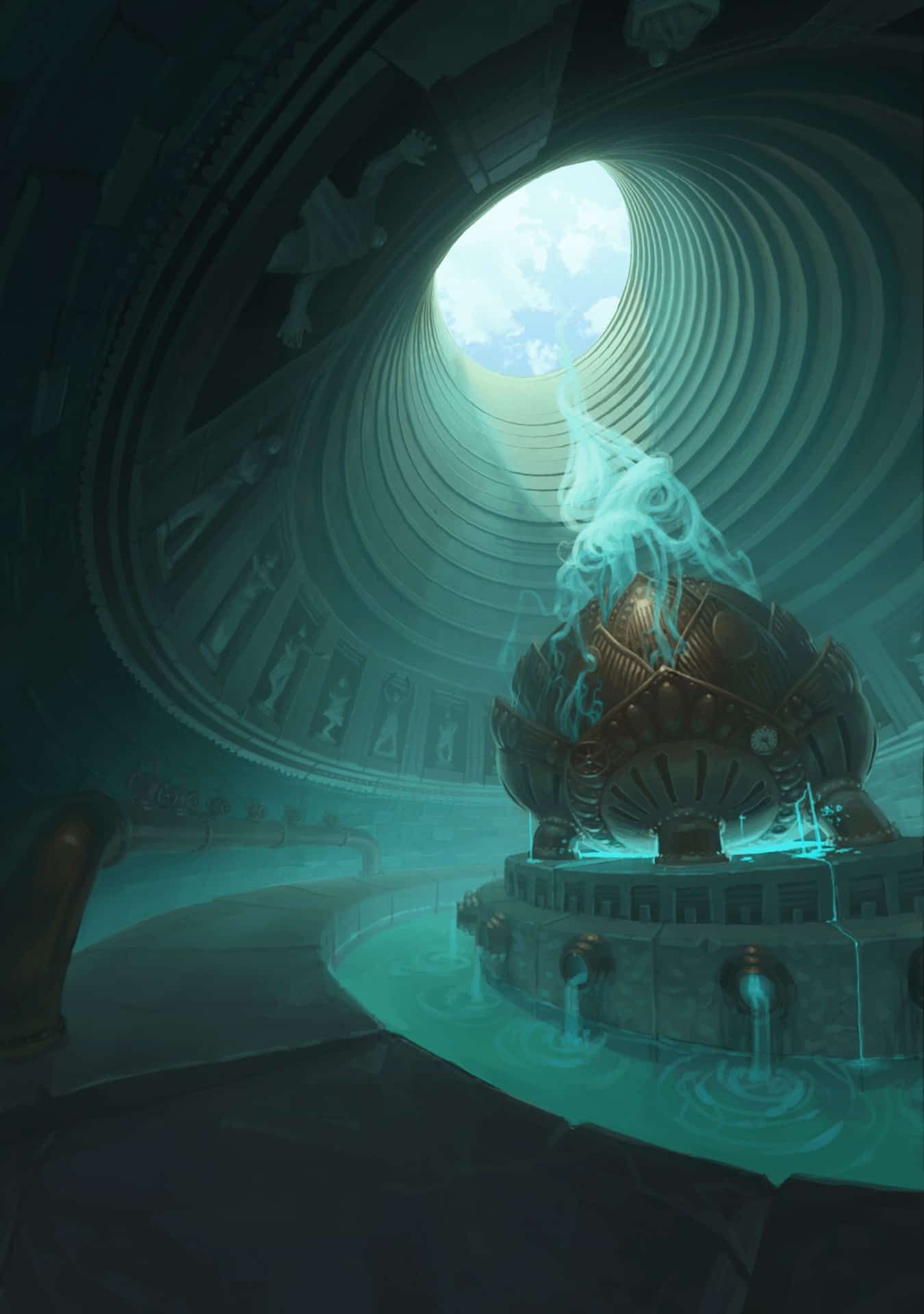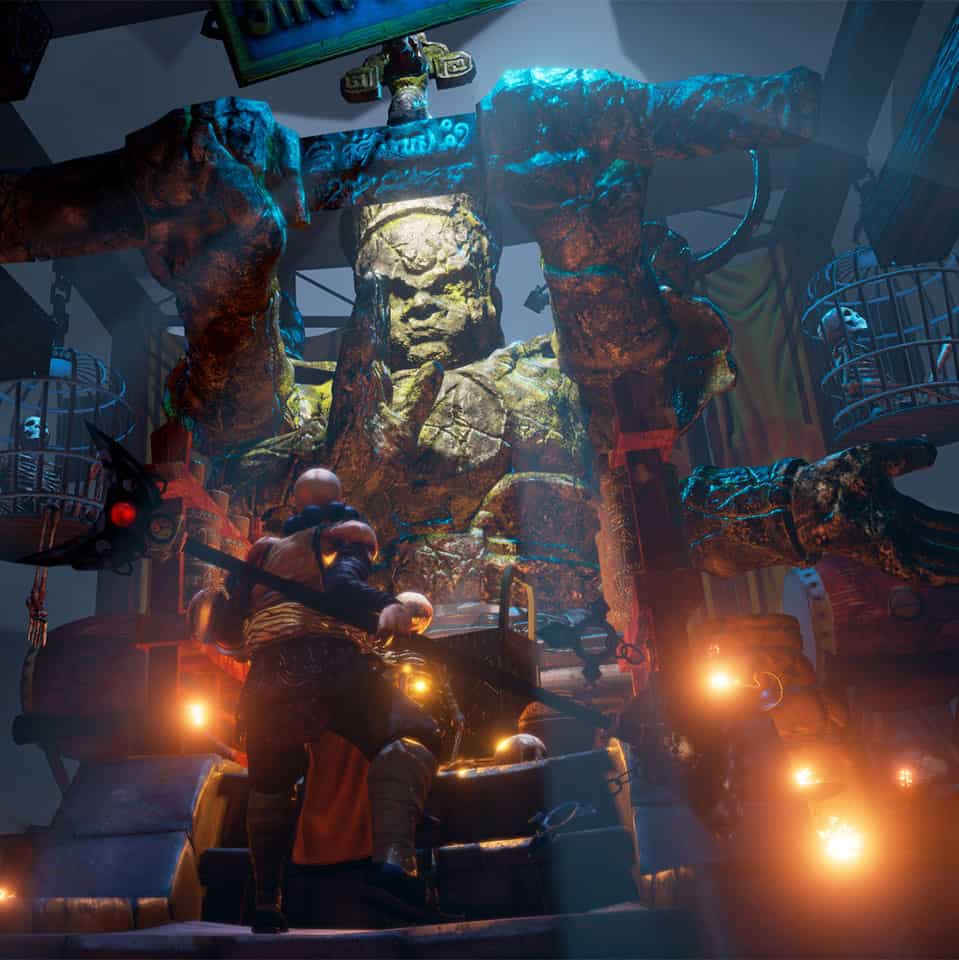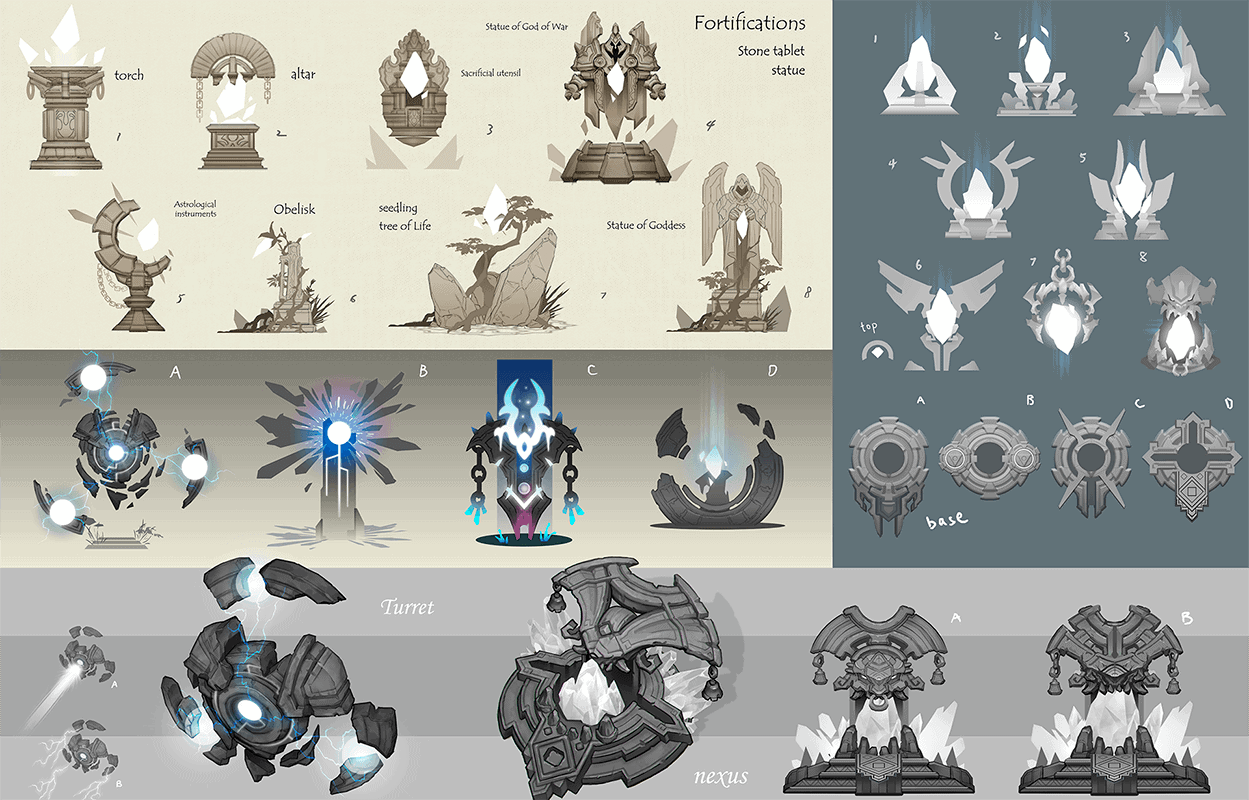Learn techniques in concept art, 3D art, level design and more at our game design school. Gain specialized design skills including monetization, unique control types, rapid development via iteration, and production methods. Earn your game development degree and graduate with solid game art principles, including game engine technology and pre-production and production environments.
Game Development
MFA
What We Teach
Start Your Career Now
Your dream is within reach. Follow your heart and get started on the career of your dreams.






COMPANIES THAT HAVE HIRED OUR GRADUATES
/
Liberal Arts
The Liberal Arts Program provides students with a holistic education covering the arts, humanities, and sciences. Courses highlight connections between the subject of study and the major fields of art and design, providing context to the larger world of art and design.
Learn MoreFoundations
The Foundations curriculum heightens perception and understanding of visual structure through the study of drawing, modeling of form, value structure, perspective principles, color, and design theory.
Learn More